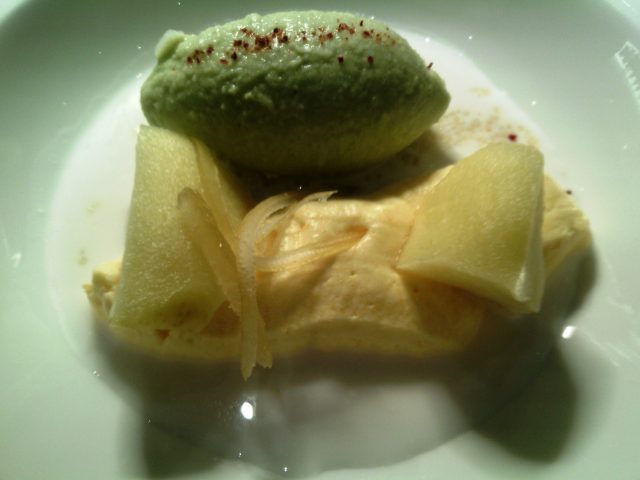Brunello 2012 preview
BaroloBrunello is one of Italy’s most interesting wine initiatives even if it is only in its third edition. It took place in November in Montalcino and was a great success despite competition from other important previews held at the same time. And it was here that I was able to have a preview tasting of Brunello 2012, which will come out next year, with tastings taking place just before or just after visits to various wineries. Here we will look the best wines offered at the event and which serve as an occasion to reflect upon Montalcino and its Brunello.
The whole area of Montalcino is doing well: prices for the grapes and the wines being aged are sky-high to the benefit of both producers who bottle their own wines and those who do not. Unfortunately, there is a great diversity in the level of quality among the various Brunello which could mislead consumers, those who expect sublime quality from Montalcino. Although this diversity in quality is understandable, given that there are some 200 producers in the area, it is too significant and greater than the differences in price for various vintages and sooner or later the problem will have to be addressed.

The difference will become even greater with vintage 2012, which will be remembered not only for the intrinsic characteristics of the harvest as much as what took place in the winery. Major and expensive technological innovations have radically lifted the level of grapes used for making Brunello with mechanical and optical methods employed to select the grapes themselves. Such methods are extremely advantageous with years like 2012, which felt the effects of the little rainfall at the end of 2011 and limited rain during the following winter and spring. This resulted in smaller bunches with smaller grapes, and thus lower production, demanding major decisions regarding pruning and management of the vines. This is nothing new and producers who benefitted were those with a greater knowledge and experience in regard to countermeasures that can be adopted.
The lack of water meant the grape bunches did not ripen uniformly with a great difference between the grapes on the inside and those on outside of the bunch. Producers experimenting with the new mechanical and optical technologies had an advantage because they were able to measure the sizes of the grapes. This allowed them have greater control over the quality of the tannins, the aromatic wealth of the must, the acidity and the quality of the anthocyanins. Thus in the end these wines seemed to come from a vintage different than the wines of those who did not use the new technology.
Those who nurture doubts over these innovations, in the name of avoiding standardization, for me are way off base. And this because these methods allow producers to maximize to the utmost detail the work done in the vineyard and create wines with grapes that are decidedly better. Producers will still be able to diversity their wines from fermentation through aging and the new technologies will allow them to exalt territorial differences thanks to the emphasis in the fruit. These wines have aromas that are more intact and recognizable for a longer period of time, which is important considering that Brunello tends to lose its fruitiness after some 15 years. Bottle aging brings out more notes of tobacco and leather and this, in fact, is what standardizes the wine. In other words, it is oxidation that standardizes wine, especially those made from grapes short on aromatic or semi-aromatic substances.
A shining example of how the diversification of the terroir is maintained even using innovative methods are the wines of Giancarlo Pacenti, whose 2012 production impressed us greatly. His Vecchie Vigna (a blend of grapes from the Piancornello vineyards, in the southern and lower part of Montalcino, and those more to the north) is distinguished by the saline notes and those of cherry that are warm but not cooked of the south. At the same time, the fragrant and less complex aromas from the northern areas are exalted by a cleanliness and unusual intensity, one typical of the northern area of Montalcino.
The following reviews are of the 2012 Brunello di Montalcino that impressed us the most.

 Italiano
Italiano















